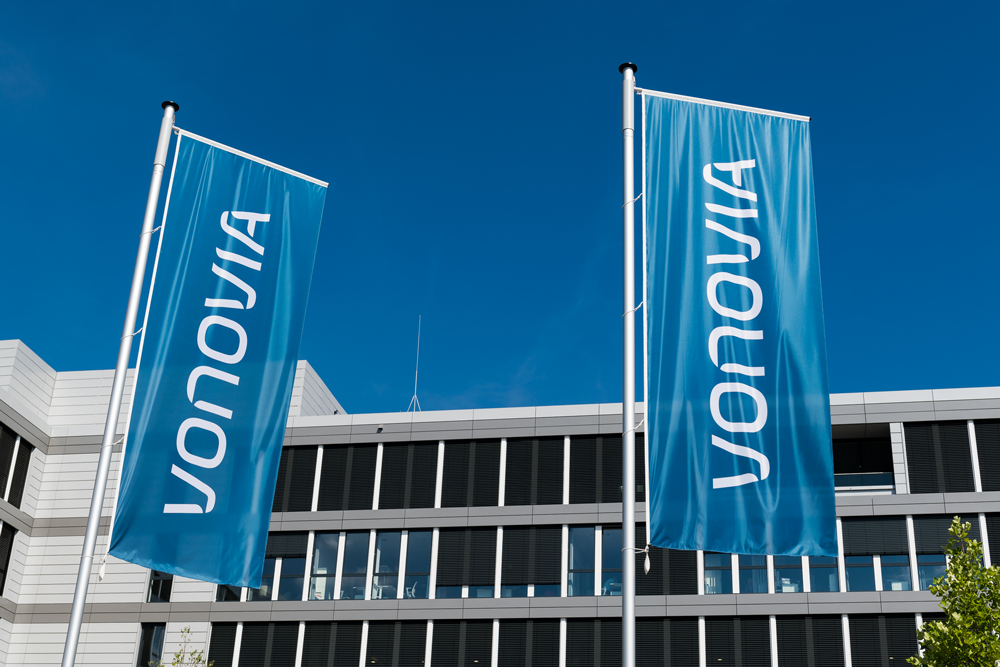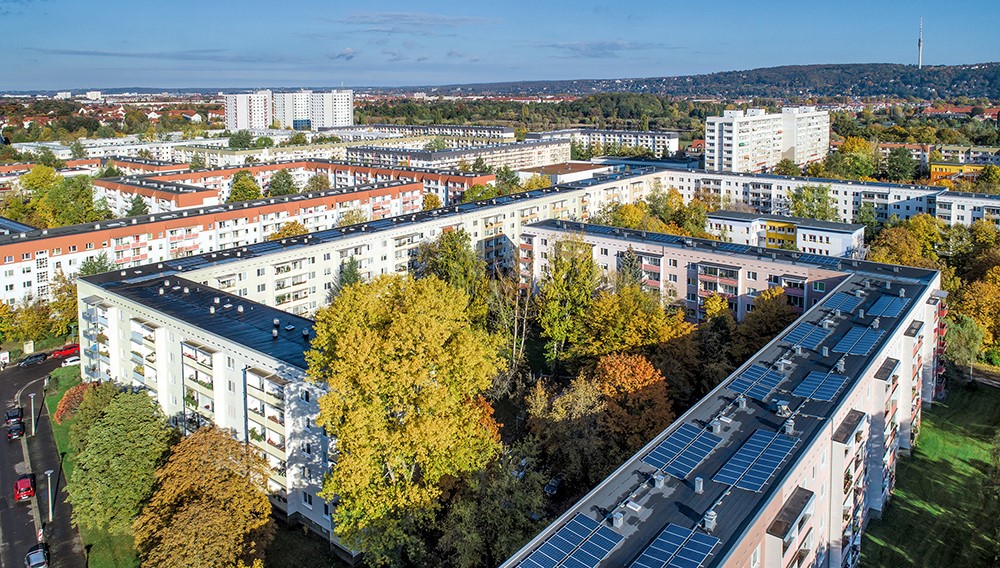The Innovative Neighborhood of Tomorrow: Networking and Smart Sector Coupling
In striving to achieve a virtually climate-neutral building stock by 2045, Vonovia has defined its neighborhoods as a central focal point. Innovation and a holistic view of neighborhoods in terms of social, ecological and economic factors are crucial when it comes to mastering the energy revolution.
As each and every neighborhood is unique, with different local conditions, neighborhoods are evaluated individually in order to implement innovative solutions. This is why a modular system is being developed in which scalable solutions for the coupling of the heat, electricity and mobility sectors can be used in the future in a customized way in different neighborhoods. In addition to the existing solutions, the market is constantly being analyzed to explore new technologies and their scalability so that Vonovia can efficiently achieve the goals set out in its climate path.
Another focal point is decentralized energy supplies featuring the use of renewable energies. Smart generation, storage and consumption play an important role in this process. A milestone was reached with the commissioning of the Energy Center of the Future in Bochum-Weitmar. The innovative research laboratory supplies 81 residential units in the neighborhood using innovative technologies (e.g., electrolyzer, fuel cell, or hydrogen storage facility). The electricity required is also generated locally by the center’s own photovoltaic systems. Thanks to the center’s initial research results, higher efficiency levels can already be achieved with cold district heating 2.0. This will make the neighborhood self-sufficient in its heating supply in mild winters in the future. The center also features a battery storage system and a hydrogen storage facility.
In addition to the purely technological approach, social components are also included in the innovation process so that added value can be created at all levels. The aim is to create smart networks linking residents with each other and the buildings in the neighborhood.
Energy-efficient neighborhood development



